And All 30 are the Solar Investment Tax Credit
2019 is the last year that you can claim the full 30% Federal Tax Credit for residential and commercial solar power systems. In 2020, the Solar Investment Tax Credit (ITC) — which has driven 59% compounded annual growth in the solar industry since it was enacted in 2005 — will begin its sunset process and fall to 26%. The tax credit will continue to decrease until 2022, at which point it will disappear for residential solar projects and drop to 10% permanently for commercial systems.
In order to beat the end of year rush and to ensure you get the full 30% tax credit, we encourage you to get a free solar assessment today so you can reserve your spot in our installation queue.
Upfront Tax Disclaimer: This is a post about a tax credit and we talk about taxes a lot (surprise!). However, we are not tax professionals and this post does not constitute professional tax advice or guidance. If you end up going on your solar journey with us, we can connect you a CPA specializing in energy related tax issues.
Quick Facts
What is the Solar Investment Tax Credit?
The Solar ITC is a tax credit (a dollar-for-dollar reduction of your federal tax liability) that you can claim for installing a solar system on your property. For example: If you buy a $20,000 solar system and at the end of the year you owe $7,000 in federal income taxes, you can claim the 30% Solar ITC for $6,000 ($20,000 x 30% = $6,000) and then you will only owe $1,000 in taxes. The awesome part is there is no cap on the amount that can be claimed via the tax credit for solar photovoltaic (PV) installations.
What are the Requirements of the Solar ITC?
Who is Eligible?
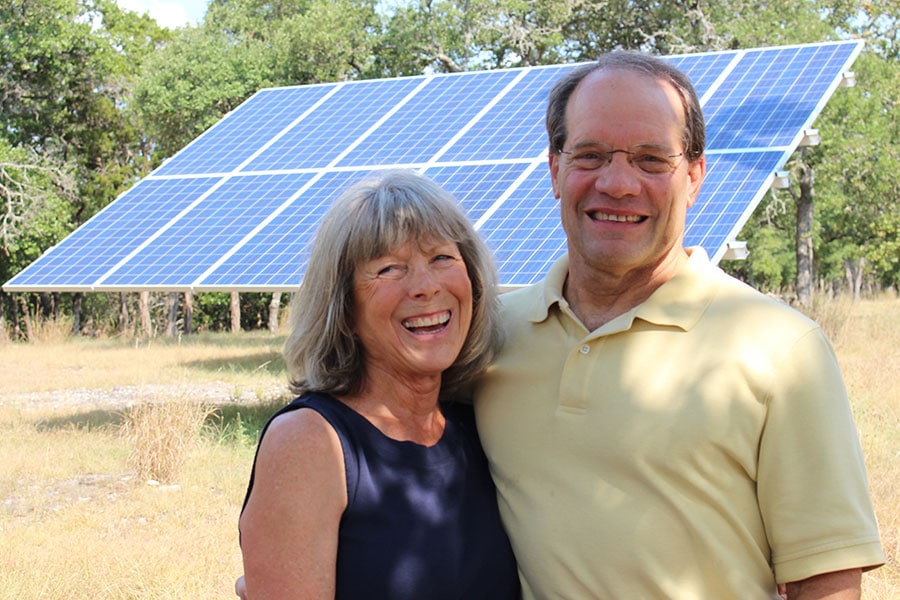
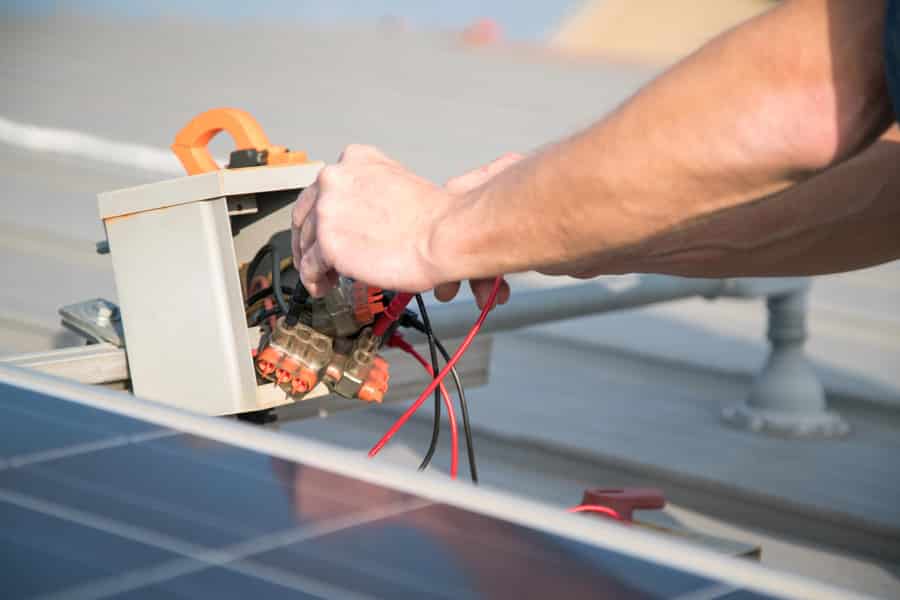
What costs are eligible?
For a more comprehensive list of what is and isn’t eligible for the tax credit check out this post: “Solar Federal Tax Credit: What Is and Isn’t Eligible”. We wrote that guide because sadly there are a bunch of unpatriotic scalliwag companies out there trying to throw every type of add-on imaginable under the umbrella of the solar tax credit, subverting a beautiful American public policy for their personal gain and putting their customer in a grey tax area in the process.
What is the Impact of the Solar Tax Credit & Its Departure?
The impact is huge. Here in Texas, the solar ITC is a factor that has helped produce nearly 10,000 solar jobs with 647 solar-related companies, NATiVE Solar being one of the best and longest running 😉
Already the #1 state in the country for renewable energy production (wind+solar), Texas currently ranks 5th in the country for solar power installed. As of Q4 2018, Texas had 48,260 solar installations generating 2,924.77 MW of energy, enough to power 349,044 homes, making up 0.85% of the state’s electricity needs. The growth is partly due to the ITC. Regardless of the ITC sunset, Texas is poised to become a nationwide leader in solar energy, with more than 4 GW of capacity expected to be installed over the next 5 years, with appropriate state policy that removes market barriers and recognizes solar’s benefits.
What’s the Price Impact of the Sunset?
Tax Credit Goes Down = Net Price Goes Up in 2020
So the tax credit will decrease in percentage value next year — but how will that impact the net price of solar? Over the last 6 months, our average home solar system has been around 8 kilowatts in size and cost roughly $24,500 fully installed, before any incentives. After accounting for the 30% Solar ITC in 2019, the cost for the system owner would drop by $7,350 to $17,150. For the same system in 2020, the Solar ITC will reduce the cost by $6,370 to $18,130 — a net increase in price of almost $1,000.
Because there is no cap on the amount you can claim via the Solar ITC, the dollar value lost between 2019 and 2020 only gets larger as a solar system’s price increases. For a 100 kilowatt commercial solar system priced at $220,000, the value of the credit is $66,000 in 2019 vs $57,200 in 2020 — a negative swing of close to $9,000.
What will the Rest of 2019 Look Like for Solar?
Panel Supply Shortage = Net Price Goes Up at End of 2019
Another factor to consider for the net price of solar over the next year is the expected rise in solar panel prices in the latter half of 2019. While solar panel prices globally have dropped drastically over the last 3 decades, and steadily (if at slower pace) over the past 5 years, we expect that trend to break in 2019. While the cost to manufacture panels will continue to drop, the reduction in the Solar ITC is expected increase demand for panels in the US to a point that far outstrips the supply — leading to an inevitable increase in panel prices.
“Safe Harbor” = Panel Supply Shortage
The shortage of solar panels will be further exacerbated by a 2018 IRS guidance (Notice 2018-59) that allows solar project developers to “safe harbor” or lock-in the full 30% Tax Credit by incurring 5 percent of the cost of the project in 2019. A common and straightforward way for developers to satisfy the 5 percent safe harbor threshold will be to begin stockpiling solar panels.
When the supply the of 72-cell panels that are traditionally used by commercial and utility scale projects have all been gobbled up, developers will start raiding 60-cell residential panel supplies, thereby driving up the net cost of solar for smaller scale residential and commercial projects.
So…What’s the Rush?
WE’RE APPROACHING THE END OF Q1!
We’re only halfway through March. It’s warming up, bluebonnets are blooming, SXSW is in full swing in Austin, spring-breakers of all ages are hitting the coast, — so what’s the rush? In addition to rising panel prices, which are expected to really kick into gear around mid-summer, we know there will be an installation capacity shortage for residential and commercial projects as people try to slide Indiana Jones style under the tax credit deadline at the end of the year. We know this will happen because we’ve been riding the solar industry rollercoaster (#solarcoaster) for more than 10 years. We’ve seen solar companies come and go.
If this was an undergraduate economics exercise, we would just increase the labor variable in our business model and the problem would be solved. However, our business relies on the trust and culture created by providing stable, fully benefited jobs for our team members and from the technical design, installation, and service excellence made possible by having a 100% in-house team. We know other companies will ramp up (and then ramp down) their capacity with subcontractors — and maybe they will make more money in the short-term. But we refuse to grow unsustainably for short-term gain and then transactionally prune our team, both because of the injury it will cause to our team and the negative impacts it will have on the quality of our your solar system.

So, we know it’s only March. We know December 31st seems like a hell of a long ways away. But if you’re interested in exploring solar AND you want to go on that journey with one of the longest running, most trusted Texas solar company that cares about its team, cares about you, and that will be around to service your system in the foreseeable future when and if your system needs servicing: start the process now by reaching out for a solar assessment. We’ll answer your questions and help you decide if solar is right or wrong for you, so you can make sure you capture the full solar tax credit in 2019 before it starts fading into history.


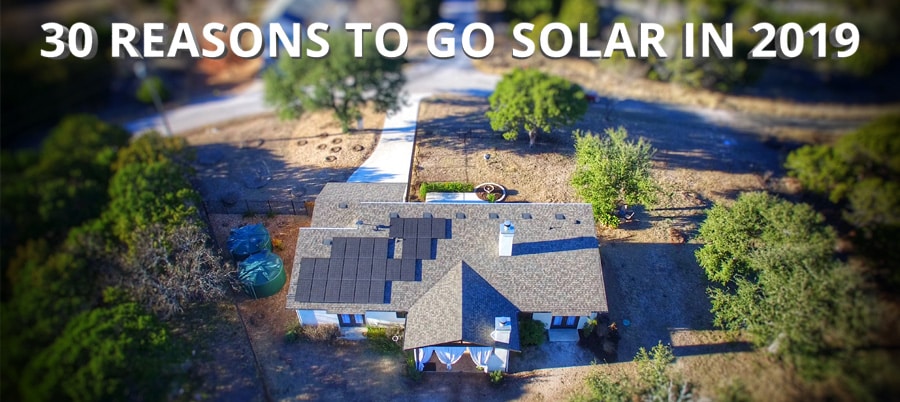
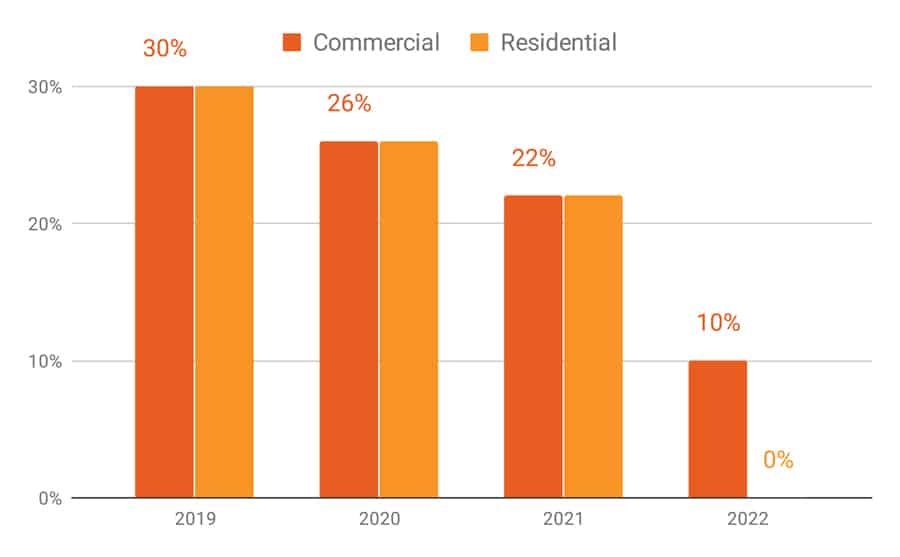

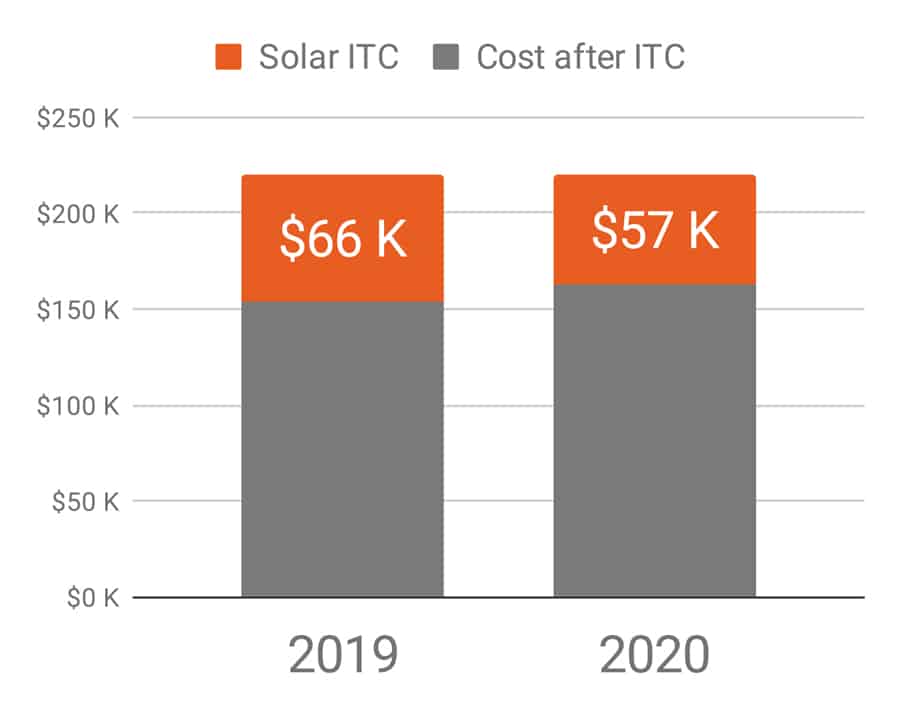
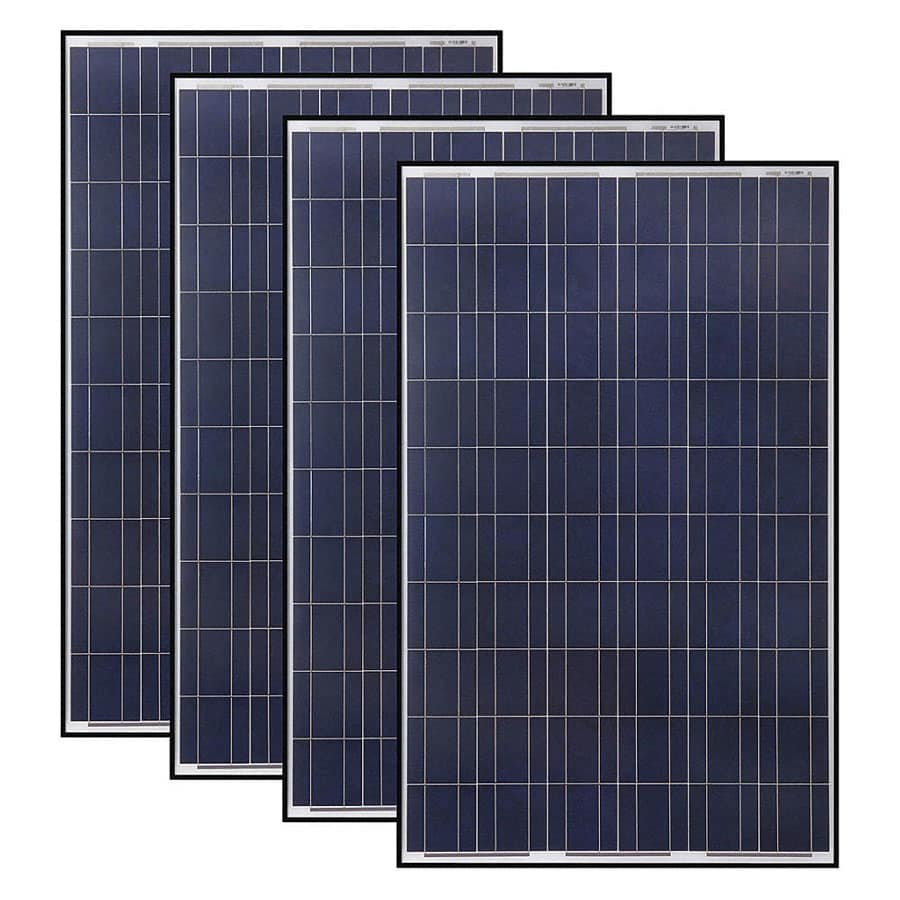






























Leave A Comment